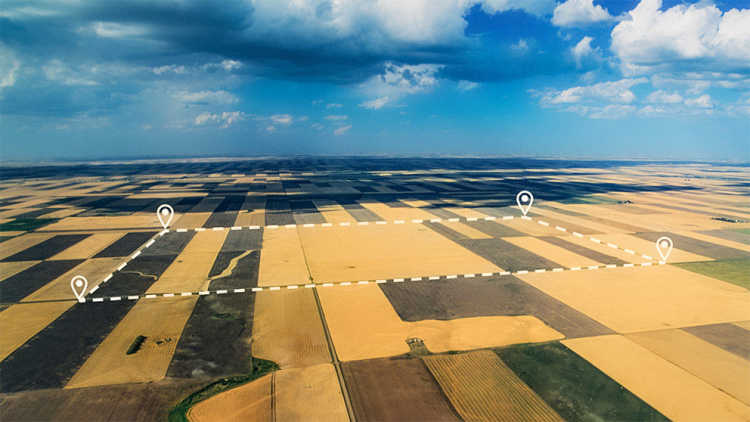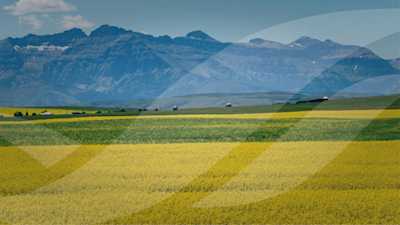Renting out farmland? How to protect yourself and property value

As a landowner, there are deliberate steps that you can take to maintain the value of your property. They can protect everyone’s interest and lead to better prices when you rent or eventually sell.
It’s a worthwhile time investment, experts say.
“The last few years, with the demand for land as high as it’s been, it’s really the quality of the land that is the determining factor of the price,” says FCC's Dean Lewko.
Be a good record keeper
There are a significant amount of records landowners need if they’re going to prove that quality.
Darren Bond, a management specialist with Manitoba Agriculture, says the true value is in the details. Landowners should track and record pretty much everything that happens on their land.
Keeping digital records using management software is advised. Most software can be linked to a cell phone, but even a notebook with dates and applications will do in a pinch.
At the top of the list should be crop rotations, including varieties, to track herbicide-resistant traits used, Bond says.
It’s also important to keep track of:
Soil fertility
Fertilizer rates
Types and pesticides used, especially herbicides that carry residuals and may have re-cropping restrictions
Insect and disease pressure
Exceptional weather events, like drought or flooding, and any drainage work
Bond advises landlords to also ask their renters to track fertilizer rates.
“With the increase in fertilizer prices, many landlords are requesting that soil fertility levels be reasonably close to levels at the start of the land rental agreement once a lease expires,” he says.
Get it in writing
When renting farmland, handshake promises aren’t uncommon, but they can leave either side vulnerable, says Lewko.
When renting farmland, handshake promises aren’t uncommon, but they can leave either side vulnerable.
Instead, consult the professionals and, at minimum, use a land rental agreement. The agreement lets both parties consider everything that should be discussed when entering into an agreement.
Bond encourages landowners and renters to consult with their legal representatives to fully understand their responsibilities within their agreement, thus avoiding future disappointment and dissatisfaction.
Dodging pitfalls
There are several commonly overlooked details to watch for in written land rental agreements.
First refusal
The most overlooked detail by renters is the right of first refusal.
“It really protects the investment they’ve put into the land, like if they’ve done a lot of drainage work or increased the fertility of land,” Lewko says.
Total rental price
List the total annual rent for all land in the agreement instead of a per acre rate.
“This will alleviate disagreements when areas of the field go unseeded or when there are differing amounts of seeded acres per year,” Bond says.
End agreement
Include a termination clause with procedures to end a land rental agreement mid-lease that’s fair and equitable to both parties – just in case the relationship breaks down before the contract ends.
“The better the relationship you have with your landlord, the better it’s going to work for you in the long run,” adds Lewko.
Bottom line
Keeping up-to-date records and taking extra steps with rental agreements can be a valuable investment in your land. Avoid handshake agreements, get the deal in writing and steer clear of commonly overlooked details like listing the total rental price rather than the price per acre.
Article by: Richard Kamchen

Learn how to calculate your cost of living to help you manage any expenses that come your way.
